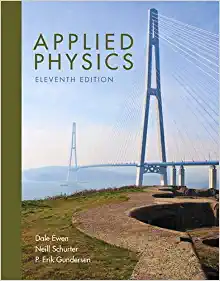Answered step by step
Verified Expert Solution
Question
1 Approved Answer
Activity 3 Graphing the motion of an Object with Constant Acceleration Activity 3. Data Table 1. Time (s) Average Time (s) Average Time 2 (s
- Activity 3 Graphing the motion of an Object with Constant Acceleration
- Activity 3. Data Table 1.
| Time (s) | Average Time (s) | Average Time2(s2) | Distance (m) |
| Trial 1 = | 0 | ||
| Trial 2 = | |||
| Trial 3 = | |||
| Trial 1 = | 0.1 | ||
| Trial 2 = | |||
| Trial 3 = | |||
| Trial 1 = | 0.2 | ||
| Trial 2 = | |||
| Trial 3 = | |||
| Trial 1 = | 0.3 | ||
| Trial 2 = | |||
| Trial 3 = | |||
| Trial 1 = | 0.4 | ||
| Trial 2 = | |||
| Trial 3 = | |||
| Trial 1 = | 0.5 | ||
| Trial 2 = | |||
| Trial 3 = | |||
| Trial 1 = | 0.6 | ||
| Trial 2 = | |||
| Trial 3 = | |||
| Trial 1 = | 0.7 | ||
| Trial 2 = | |||
| Trial 3 = | |||
| Trial 1 = | 0.8 | ||
| Trial 2 = | |||
| Trial 3 = |
- *Note that 0.10 m = 10 cm
- Insert your graphs of Distance vs Time (m) and Distance vs Time Squared here:
Questions for Activity 3
- Question 1: What is the shape of the graph when displacement is graphed vs. time?
- Question 2: What is the shape of the graph when displacement is graphed against time squared?
- Question 3: What do the shapes of these graphs tell you about the relationship between distance and displacement for an object traveling at a constant acceleration?
Step by Step Solution
There are 3 Steps involved in it
Step: 1

Get Instant Access to Expert-Tailored Solutions
See step-by-step solutions with expert insights and AI powered tools for academic success
Step: 2

Step: 3

Ace Your Homework with AI
Get the answers you need in no time with our AI-driven, step-by-step assistance
Get Started


